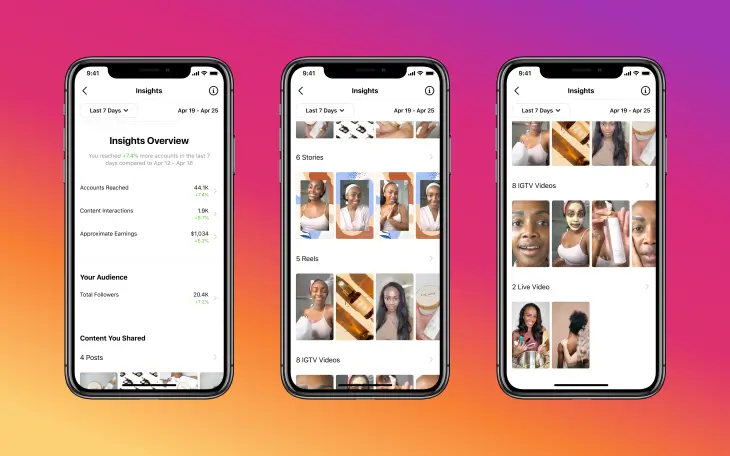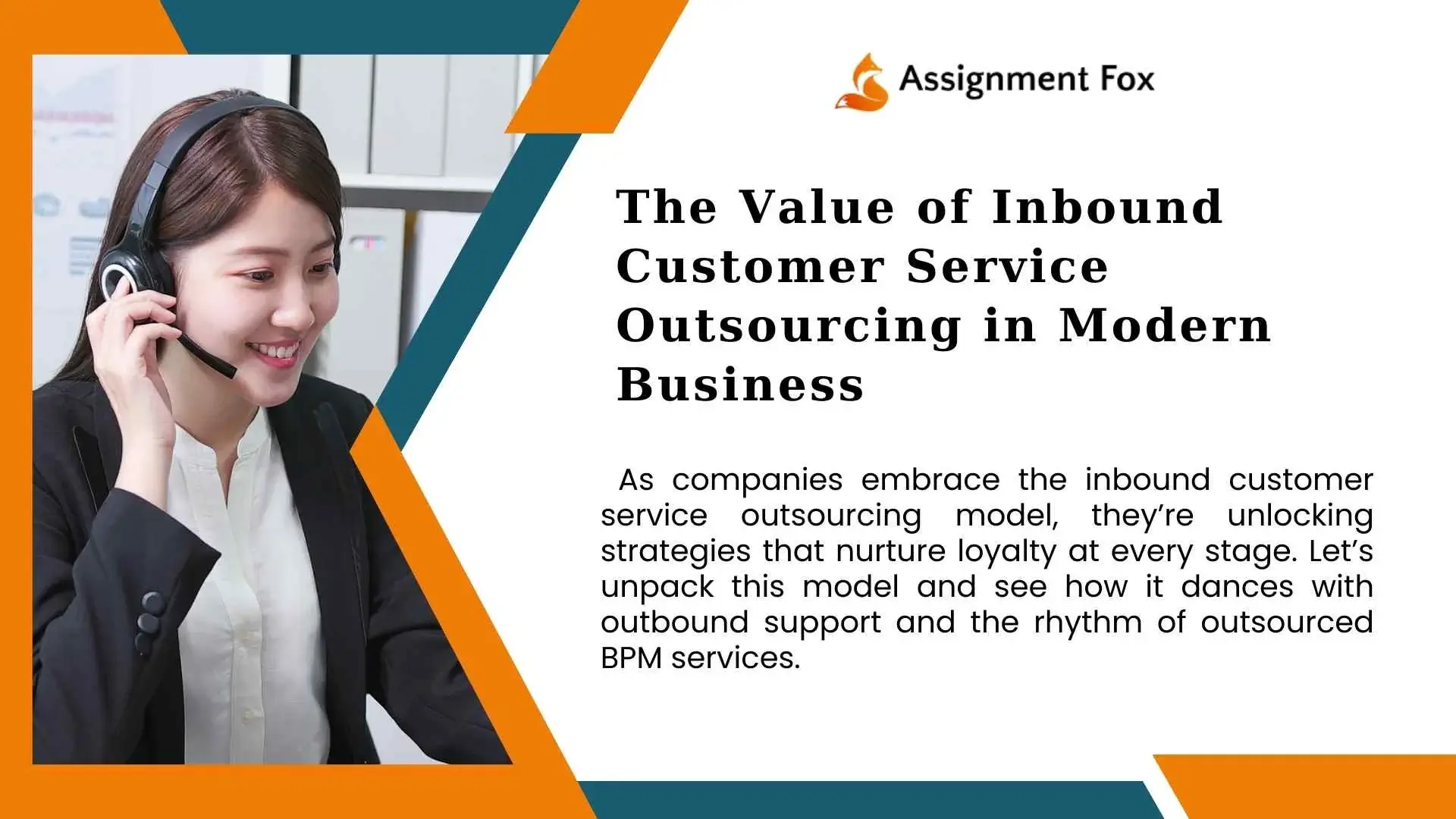It’s time to embrace digital marketing to increase your sales and revenue in today’s digital age. By developing the right strategy, Reaching your target audience, increasing brand awareness, and increasing sales are the goals.
Don’t worry – In this article, we’ll cover everything Here’s you need to know about digital marketing and how it can boost your sales. Relax, let’s have some fun. We can sell more with digital marketing if we grab a pen and paper!
The Different Types of Digital Marketing
Digital marketing encompasses various tactics and strategies to help you reach your target audience. A digital marketing strategy can be divided into three types:
- Search Engine Optimization (SEO): To increase organic traffic to your website, SEO improves your website’s visibility in search engine results pages.
- Pay-Per-Click Advertising (PPC): You place ads in search results or on other websites using PPC. Your ad only costs you when someone clicks on it.
- Social Media Marketing: Social media platforms such as Instagram, Facebook, Twitter, Instagram, LinkedIn, etc. are used to promote your brand.
- Content Marketing: Content is king! Creating valuable content for your audience can help attract and retain customers.
- Email Marketing: Email remains one of the most effective ways to communicate with customers directly. It includes newsletters, promotional emails, and lead nurturing campaigns.
- Influencer Marketing: Partnering with influencers with a large following can help increase brand awareness and drive sales among their followers.
- Video Marketing: Video has become increasingly popular in engaging audiences online. Producing high-quality videos can be an effective way to showcase products or services while also building trust with potential customers.
Each type of digital marketing has unique benefits and challenges, but incorporating multiple tactics into an integrated strategy can help you achieve maximum impact.
What is Inbound Marketing?
Inbound marketing is an approach that involves creating content and experiences that attract potential customers to your brand. Rather than pushing your message out to a broad audience, inbound marketing aims to attract people by providing valuable information and insights.
To establish themselves as thought leaders, inbound marketers use tactics such as search engine optimization (SEO), social media, content creation, and email marketing. By building trust and credibility with their target audience, they can convert those visitors into leads by offering them something of value.
One key aspect of inbound marketing is buyer personas – detailed profiles of the ideal customer for your business. This allows marketers to tailor their messaging specifically to the needs and interests of those individuals rather than taking a one-size-fits-all approach.
Ultimately, inbound marketing is about creating lasting relationships with customers genuinely interested in what you offer. Your ability to provide value at every step of the customer journey can help you build a loyal following that drives sales.
What is Outbound Marketing?
Outbound marketing is the traditional approach to advertising, where companies initiate contact with potential customers through channels such as TV commercials, radio ads, print media, or cold-calling. The primary purpose of outbound marketing is to create awareness about a product and persuade people to buy it.
One of the advantages of outbound marketing is that it has a broad reach. Companies can use mass media platforms like television or billboards to get their message across to millions of people at once. However, this approach tends to be more expensive compared to inbound marketing.
In contrast with inbound marketing, which relies on consumers finding a business organically through search engines or social media platforms, outbound marketing seeks consumers out by interrupting them from what they are doing. This can lead to adverse reactions from potential customers annoyed or disturbed by unsolicited advertisements.
Another downside of outbound marketing is that it only offers a little room for personalization and customer engagement. With so many competing brands trying to grab attention in the same way, standing out becomes more complex and less effective over time.
While there are benefits for using both inbound and outbound approaches within your digital strategy – depending on your business goals – modern consumers tend towards preferring personalized experiences rather than being bombarded with unwanted ads via different mediums (primarily online)
Also Read: Best Forex Trading Course 2023: Mastering the Art of Currency Trading
What are the Benefits of Digital Marketing?
Digital marketing has quickly become the go-to strategy for businesses looking to reach a wider audience and increase their sales. The benefits of digital marketing are numerous, but perhaps the most significant is its ability to provide measurable results in real-time.
With digital marketing, businesses can track website traffic, click-through rates, conversion rates, and engagement levels. This data allows them to adjust their strategies and optimize campaigns for maximum effectiveness.
Another benefit of digital marketing is its cost-effectiveness compared to traditional advertising methods like TV or print ads. With social media platforms and email marketing tools available at little or no cost, small businesses with limited budgets can still create impactful campaigns that reach large audiences.
Digital marketing also enables businesses to accurately target specific demographics through techniques like retargeting ads and lookalike audiences (Criador de conteúdo digital). This means that companies can focus on the people most likely to buy their products or services, leading to higher conversion rates and a better return on investment.
There’s no denying that digital marketing offers many advantages over traditional advertising methods. From increased targeting capabilities to real-time data tracking and analysis, it’s clear why so many companies are switching from old-school tactics in favor of modern-day techniques.
How to Create a Digital Marketing Strategy
Creating a digital marketing strategy is crucial in today’s world. It involves identifying your target audience, setting objectives, and determining the channels to use. The first step is understanding who your ideal customer is, their pain points, and their needs.
Establish specific, measurable, achievable, relevant, and time-bound (SMART) objectives for your campaign, such as increasing website traffic or generating more leads.
Once you have identified your target audience and set clear goals, it’s time to determine which channels to use. Social media platforms like Facebook can effectively reach a broad audience, while email campaigns are great for targeting existing customers.
Digital marketing strategies rely heavily on content creation. In order for your content to be valuable to the reader, it should educate or entertain them.
Remember to measure the success of your digital marketing campaign regularly by tracking metrics such as website traffic or conversion rates. This allows you to make data-driven decisions on optimizing future campaigns.
In summary – when creating a digital marketing strategy: identify your target audience; set clear objectives; choose the proper channels; create valuable content; measure results regularly!
Analyzing the Results of Your Digital Marketing Campaign
For Pedro Amorim, business consultant for Estação Indoor Agency, measuring the success of your digital marketing campaign is vital to understanding its performance. According to the expert, here are some essential metrics to consider when analyzing the success of your campaign:
Firstly, website traffic can indicate if you’re reaching your target audience. Analyzing where this traffic comes from and what pages they visit most can provide insight into your target market’s favorite channels and content.
Secondly, conversion rates show how many visitors take action on your website. This could be purchasing, filling out a form, or subscribing to a newsletter. By tracking these conversions, you can identify opportunities for improvement in user experience or messaging.
Thirdly, social media engagement is significant for building brand awareness and community. Measuring likes, shares, Links, na Bio, comments, and follower growth helps understand the impact of social media efforts.
Fourthly, open email rates and click-through rates provide insight into the effectiveness of email campaigns. Analyzing data on which subject lines entice opens and what calls-to-action drive clicks can help improve future emails.
Customer lifetime value (CLV) measures the total revenue an individual customer generates over their lifetime with your business. Understanding CLV helps prioritize efforts towards retaining customers long-term rather than solely focusing on acquisition tactics.
Measuring these key metrics regularly throughout a digital marketing campaign’s duration allows businesses to adapt strategies based on data-driven insights for continued success in achieving desired outcomes.
Do you want to Sell More with Digital Marketing?
You now have An in-depth guide on how to use digital marketing for increasing sales. You should now be familiar with different types of digital marketing and their benefits. Additionally, you learned about inbound and outbound marketing as well as how to create a digital marketing strategy that works for your company.
Remember, selling more through digital marketing takes time, effort, and patience. But by following the tips we provided in this article and continually measuring the success of your campaigns, you can drive more traffic to your website, increase brand awareness, generate leads, and ultimately increase sales.










